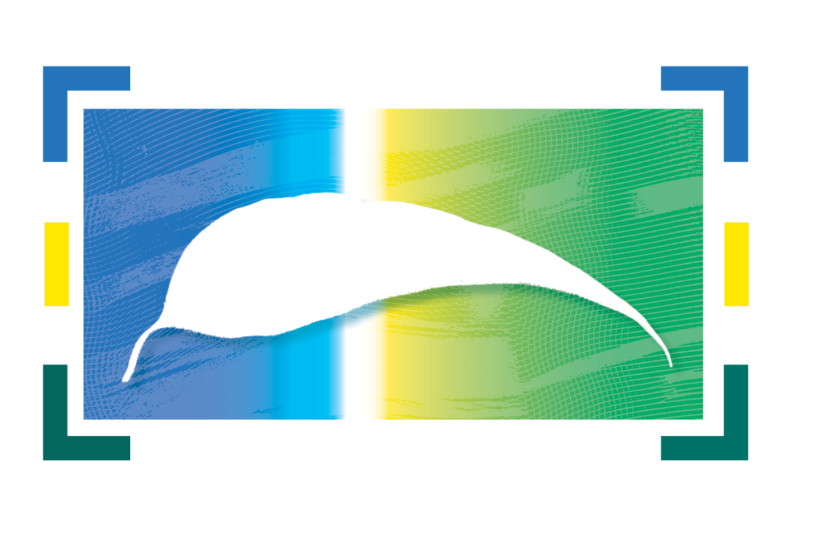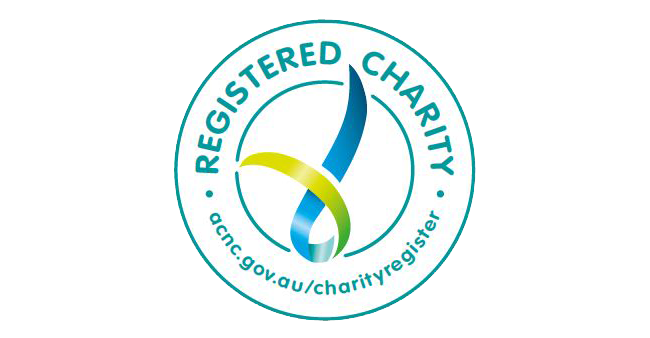For Nature Landholder Stewardship Program
Residents across the Margaret River region are mobilising to help nature in their suburban backyards, on their bush blocks and their rural properties!
Whether you have a small suburban backyard, a bush block or large rural property, this exciting, practical, hands-on program gives you the inspiration, knowledge and connections to help conserve and enhance nature at your place.
Registering with For Nature keeps you up to date on information, events, workshops, field trips and garden tours. It connects you with like-minded people caring for nature in the region. And it keeps you informed about conservation funding opportunities, incentives and loan equipment that will make conservation action a whole lot easier. You can also check our Events page or Facebook and Instagram for upcoming workshops and events.
In a world where environmental issues can feel overwhelming, joining For Nature is a way for everyone in the Margaret River region to take meaningful action. Supported by funding from the West Australian Government’s State Natural Resources Management Program, Water Corporation and Shire of Augusta Margaret River.
Inspiration for landholders
Gardens can help support the local wildlife, especially birds and insects which are our most mobile fauna.
With places to shelter and hide from predators, gardens can support reptiles, frogs and mammals. Urbanisation has changed the landscape but our gardens and street trees are stopping points and stepping stones for animals in search of food, shelter and water. Read more about creating a nature garden.
In our largely altered landscape, remnant bushland is a refuge for plants and wildlife. It protects against soil erosion and salinity, maintains water quality, provides pest control, stores carbon and modifies climate. But our remnant bush faces threats including clearing, grazing, dieback, tree decline, weeds, feral animals and fire. If you have bush on your block, it’s vital to conserve it. Read how to care for your bushland.
Want to read inspiring stories from other property owners, gardeners, schools and volunteers who are conserving nature? Click on these links – each one is packed with ideas to help you make your contribution to caring for our local nature.
Boyd Wykes and Karen Majer – Growing a wildlife garden
Tony Lane – Tackling invasive arum lilies on a bush block
Anouska Pillai – Protecting biodiversity on our land
Ray Swartz – A foreshore restoration warrior
Jane House – Success with stream revegetation
Laura Bailey and Lawson Armstrong – Regenerative agriculture
Leeuwin Estate – Fencing, revegetation and weed control
Janet Duffall and Genny Broadhurst – Margaret River Coastal Residents Association
Maureen Munroe and Peta Goodwin – Conserving Barrett Street Reserve
Margaret River Independent School – Nurturing our school environment
Knowledge for landholders
Use our handy information sheets for advice and top tips for planning and growing a garden for nature:
‘Plant This Instead’ Planting Guide
Rat Control and Native Wildlife
Use these information sheets for detailed resources to make your rural or semi-rural property a nature haven:
Revegetation with Local Natives
Fire and Biodiversity Landholder Kit
Landcare and Sustainable Property Management
Use these information sheets to get to know and protect the wildlife on your property plus keep vermin away:
Western Ringtail Possums and Your Property
Quenda – Our Ecosystem Engineers
Rat Control and Native Wildlife
Black Cockatoos and Your Property
Converting Dams to Living Wetlands
We’ve also compiled some of the best online resources and how-to factsheets to help you do even more for nature:
Create a Frog-Friendly Habitat
Manage Kangaroos on Your Property
Create a Living Garden Sanctuary
Grants for conservation work at your place
You may be eligible to tap into grants totalling $30,000 per year to carry out conservation work on your property. The work can include weed control, fencing of remnant bushland and waterways to exclude stock, revegetation to restore biodiversity, and dieback management activities.
Once you register with For Nature, you can apply for grants on a 50 per cent cost-share basis, meaning we’ll match every dollar you spend on conservation activities (including the value of your time and labour). To apply, complete an expression of interest form. Priority is given to properties that fall within high value conservation areas or address key conservation issues.
You may also like to consider signing up for Land for Wildlife, a voluntary scheme to encourage and assist landholders to provide habitats for wildlife, coordinated by the Department of Conservation, Biodiversity and Attractions.
Free equipment loan
We loan out a range of equipment free of charge to make getting the job done a little easier. Email our For Nature program at peta.lierich@natureconservation.org.au to request a loan of equipment listed below. Include name, address, contact details, equipment you want to borrow, and the dates you need it for.
Weed spraying
- 100L weed spraying unit for use on quad bike or ute
- 15L backpack spray unit
- 5L handheld spray unit for small jobs
- Gloves, goggles, disposable coveralls
Planting equipment
- Pottiputkis (planting tool) for tube stock planting efficiency
- Auger for pre-dug planting holes
- Kidney buckets for carrying seedlings
- Pruning tools including tree loppers, secateurs and hand saws
- Mattocks for tackling compacted ground, mallets for driving in stakes and hand trowels for small scale planting
Tree treatment kits
- Dieback kits including tree injectors and fungicide to control the spread and impact of dieback (environmentally safe with low toxicity)
Address
Community Resource Centre
33 Tunbridge Street
Margaret River WA 6285
Postal Address
PO Box 1749 Margaret River WA. 6285
Contact Us
Phone: (08) 9757 2202
Email: info@natureconservation.org.au


